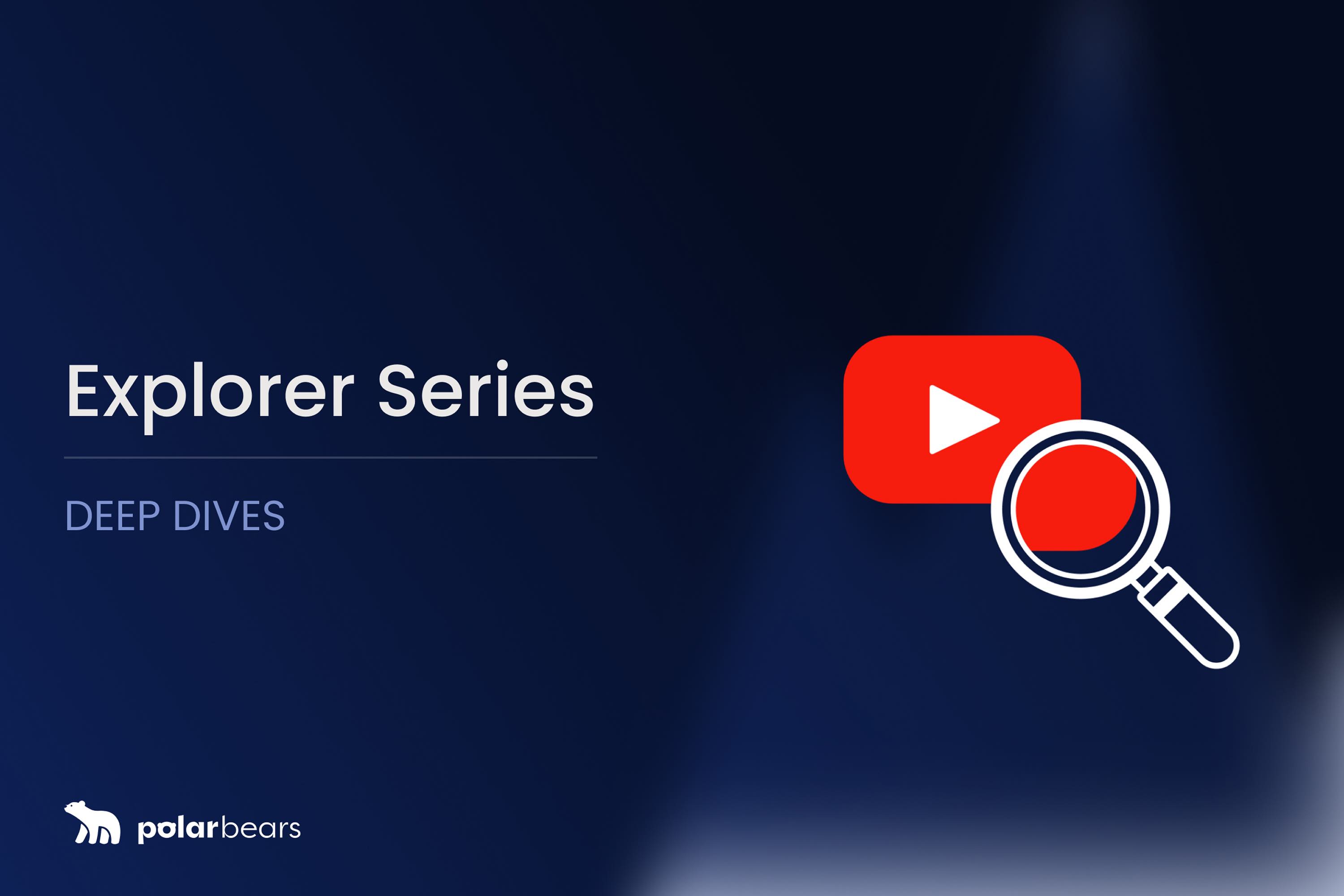The Impact Of Youtube'S Algorithm Updates On Content Creators And Publishers

YouTube is one of the largest and most popular social media platforms, and its algorithm plays a crucial role in determining which videos are recommended to users. Over the years, YouTube has made several updates to its algorithm, significantly impacting content creators and publishers.
With over 2 billion monthly active users and more than 500 hours of video uploaded every minute, staying informed about algorithm changes is crucial for creators aiming to maintain visibility, engagement, and revenue.
Background on YouTube’s Algorithm
YouTube’s algorithm determines which videos are recommended to users based on factors like watch history, search queries, and engagement.
Early Algorithm:
Ranked videos by view count.
2012 Update:
Introduced "Watch Time," prioritizing longer, engaging videos.
2016 Update:
Implemented machine learning for personalized recommendations.
2020 Update:
Promoted authoritative sources and reduced misinformation.
Key Factors in YouTube’s Algorithm
- Relevance: Matches videos to user searches and watch history.
- Engagement: Prefers videos with likes, comments, and shares.
- Watch Time: Prioritizes videos that keep viewers watching.
- Video Quality: Rewards well-produced content.
- Channel Authority: Favors reputable channels.
- Viewer Behavior: Considers user interaction history.
- Metadata: Analyzes titles, descriptions, and tags.
If you liked that why not take a look
Ready to maximise your YouTube revenue?
Get in touch and let’s begin exploring your channel’s hidden potential.









